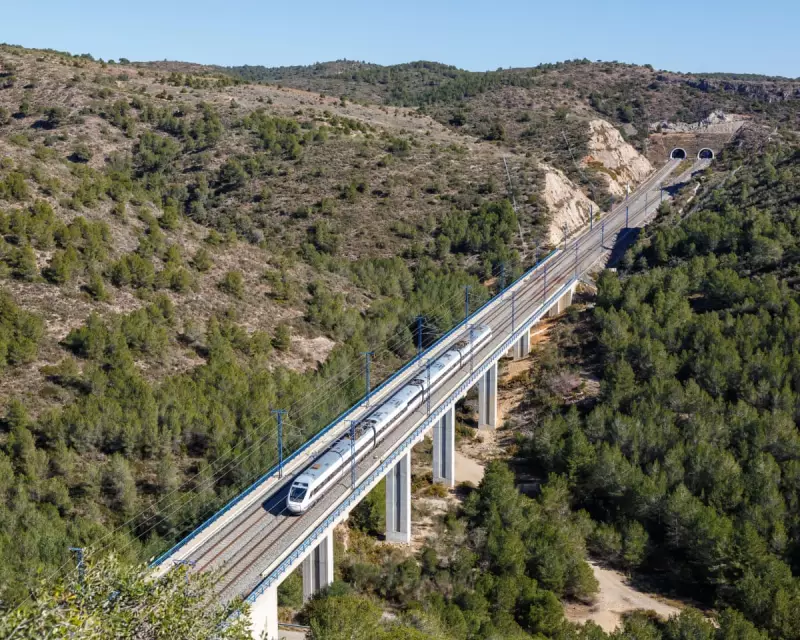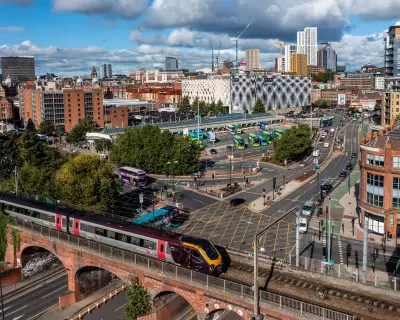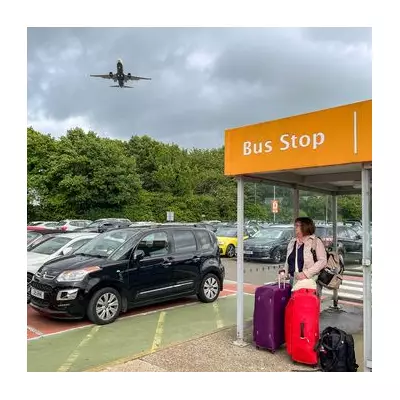
A revolutionary high-speed rail network connecting Europe's major cities within two hours could become reality by 2040, according to a landmark study commissioned by the European Union. This ambitious vision promises to transform continental travel while delivering a massive boost to sustainable transportation.
The Continental Connectivity Dream
The comprehensive analysis, conducted by Europe's Rail joint undertaking, maps out how existing and planned high-speed routes could be integrated into a seamless network spanning the continent. The study identifies that with strategic infrastructure investments, travellers could journey between key urban centres in remarkably reduced times.
Imagine boarding a train in London and arriving in Paris in time for a morning meeting, or travelling from Berlin to Vienna for a weekend getaway without the airport hassle. This isn't distant science fiction—it's a tangible vision for Europe's transportation future.
Transformative Journey Times
The proposed network would dramatically slash travel durations across the continent:
- London to Paris reduced to under 2 hours
- Berlin to Vienna achievable in 2.5 hours
- Madrid to Lisbon connectable in 2.5 hours
- Amsterdam to Berlin possible in under 3 hours
Beyond Speed: Environmental and Economic Benefits
This isn't merely about faster travel times. The European Commission views high-speed rail as crucial for meeting the EU's climate objectives while strengthening economic ties between member states.
"The environmental imperative cannot be overstated," notes the report. "Shifting passengers from air to rail represents one of our most effective strategies for reducing transport emissions."
The Infrastructure Challenge
Realising this vision requires substantial investment in both new infrastructure and cross-border coordination. Key challenges include:
- Standardising signalling and safety systems across borders
- Developing new high-speed corridors where gaps exist
- Upgrading existing conventional lines for higher speeds
- Coordinating international ticketing and operations
The Path to 2040
While the 2040 timeline appears ambitious, the study outlines a phased approach that builds upon existing projects like the Rail Baltica connecting the Baltic states and new lines planned across Spain, France, and Germany.
The vision extends beyond mere convenience—it represents a fundamental reimagining of European connectivity, where national borders become less significant barriers to movement and economic exchange.
As one EU transport official remarked: "This isn't just about building faster trains. It's about building a more connected, sustainable, and truly integrated Europe."





